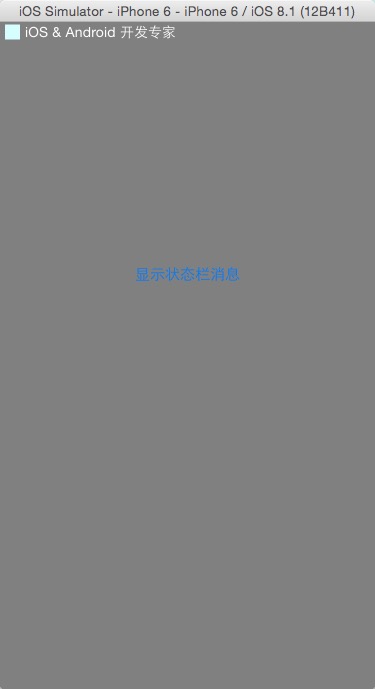HDU 3835R(N)(加點思維的暴力枚舉)
編輯:IOS開發綜合
#include<iostream>
#include<cstring>
#include<string>
#include<cstdio>
#include<cmath>
using namespace std;
int main()
{
int n,i,a,b,ma,res;
while(~scanf("%d",&n))
{
ma=sqrt(double(n)); //最大的a,a>b>=0
res=0;
for(a=1;a<=ma;a++)
{
b=sqrt(double(n-a*a));
if(a*a+b*b==n)
res+=4; //a,b;a,-b;-a,b;-a,-b;
}
cout<<res<<endl;
}
return 0;
}
//46MS 280K
相關文章
+- Swift_TableView(delegate,dataSource,prefetchDataSource 詳解)
- IOS 中loadView,viewDidLoad,viewDidUnload詳解及使用
- Photo2fun HD圖像合成iPhone親測:DIY炫酷明星待遇
- 共享便捷之旅 蘋果U盤i-FlashDrive評測解析
- iphone版《安成密室2HD》第四章-大結局
- iphone版《安城密室2HD》第三章-團圓
- iphone版《安城密室2HD》第二章-合作
- 好照片iPhone版 另類玩法 HDR拍攝試玩
- 好照片讓你的iPhone變單反 玩轉HDR攝影
- 《Bling Bling Frames HD》評測
- iPhone自帶相機HDR拍照功能
- iOS7 HDR拍照模式的使用詳解
- 越獄卡在“Failed during injecting evasion app”怎麼辦
- iphone4S相機hdr模式怎麼使用
- 教你用Flex2破解PPTV聚力HD會員電影




